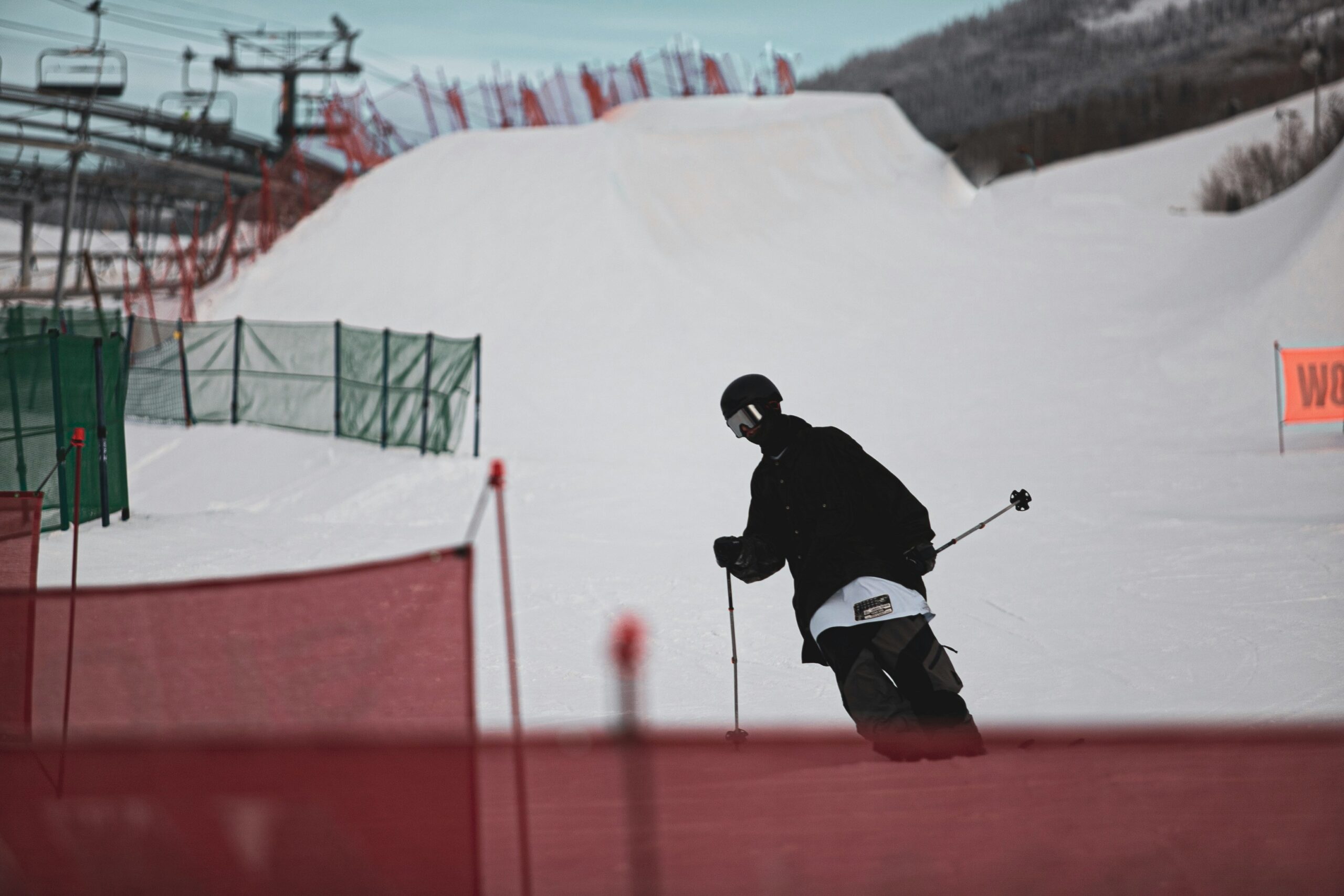
Snowboarding, once a fringe winter sport, has exploded into mainstream popularity with its adrenaline, art, and athleticism mix. From gentle slopes to extreme freestyle parks, snowboarding appeals to a broad audience thanks to its balance of fun and challenge. Whether you’re strapping into your board for the first time or looking to take your tricks to the next level, understanding the techniques behind snowboarding can elevate your experience and performance on the snow.
The Foundation of Snowboarding: Understanding the Basics
Every journey into snowboarding begins with mastering the fundamentals. Before hitting the slopes, it’s crucial to understand your stance—whether you’re regular, with your left foot forward, or goofy, with your right foot forward. Finding the right stance provides balance and control, the two cornerstones of snowboarding.
Once on the board, beginners learn how to glide on gentle slopes. This involves balancing properly with knees slightly bent and body weight centered. The focus initially is on learning how to stop safely using the heel edge, a method known as the falling leaf technique. This movement teaches control and begins to introduce the feel of the board’s edges, which play a critical role in maneuvering.
Learning to Turn: Edge Control and Confidence
After gaining confidence with stopping and simple gliding, the next step is learning how to turn. Turning is all about using the edges of the snowboard effectively. Riders start by learning toe-side and heel-side turns, which involve shifting weight to either the toes or heels to change direction. This not only helps in navigating slopes but also improves overall balance.
As snowboarders become more comfortable, linking turns becomes the next milestone. This involves a fluid transition from one edge to another, allowing for a smoother ride down the mountain. Mastering turns is essential as it forms the basis of all advanced snowboarding techniques.
Riding Different Terrain: From Greens to Blacks
Snowboarding isn’t confined to one type of terrain. As you progress, you’ll encounter different kinds of slopes, each offering unique challenges. Green slopes are typically broad and gentle, perfect for beginners. Blue slopes introduce steeper angles and more varied terrain, requiring better control and quicker reactions.
Black slopes are designed for advanced riders, featuring steep gradients and potentially icy or mogul-covered paths. Navigating these terrains demands technical skills, mental preparedness, and quick reflexes. The key to riding more difficult slopes is to stay relaxed, maintain proper posture, and keep your eyes on the path ahead.
Freestyle Snowboarding: Bringing Art to the Ice
Freestyle snowboarding introduces a creative element to the sport, allowing riders to perform tricks and stunts. This discipline can be practiced in terrain parks with rails, jumps, and half-pipes. Beginners in freestyle often start with small jumps and basic tricks like the ollie, which involves lifting the board off the ground without a ramp.
Progressing in freestyle snowboarding means learning spins, grabs, and more complex tricks. Each trick requires precise timing, body coordination, and understanding how to use your board in the air. Safety gear, including helmets, padded clothing, and wrist guards, becomes even more critical in this style.
Freeriding and Backcountry: Embracing the Wild
Freeriding and backcountry snowboarding offer the ultimate experience for those who seek solitude and natural challenges. Unlike groomed runs in ski resorts, backcountry areas are unpatrolled and untouched, providing fresh powder and stunning landscapes. However, this style requires advanced snowboarding skills and knowledge of mountain safety, including avalanche awareness and navigation.
Freeriding emphasizes flowing with the mountain’s natural contours, often combining speed with sharp turns and drops. It’s physically demanding and gratifying, offering a deep connection with nature and the sport.
Staying Safe and Fit: The Role of Preparation
Snowboarding is physically demanding, and being in good shape can prevent injuries and improve performance. Core strength, flexibility, and endurance are especially beneficial. Regular exercise routines that include squats, lunges, and balance exercises can prepare the body for the demands of the sport.
Safety on the slopes cannot be overstated. This includes wearing appropriate gear, staying hydrated, and knowing your limits. Beginners should never shy away from taking lessons with certified instructors, as proper guidance from the start can prevent bad habits and promote faster learning.
Advancing Your Skills: Practice, Patience, and Passion
Progress in snowboarding comes with time and dedication. Every rider experiences falls and setbacks, which are just stepping stones to improvement. Watching professionals, participating in clinics, and recording your runs for feedback can all be development aids.
The joy of snowboarding lies not only in the rush of speed or the thrill of a trick but also in the community and the lifestyle it fosters. Meeting fellow riders, sharing tips, and enjoying the mountain environment add depth to the sport beyond just technique.
Your Journey on the Snow Begins Now
Snowboarding is a growth, challenge, and exhilaration journey, from the first shaky glide to soaring off a jump. By understanding and practicing various techniques, you improve your skills and deepen your love for the sport. Whether you dream of mastering the half-pipe or want to enjoy a smooth ride down a quiet trail, snowboarding offers something for everyone. So gear up, embrace the learning curve, and let the mountain teach you its snowy secrets.